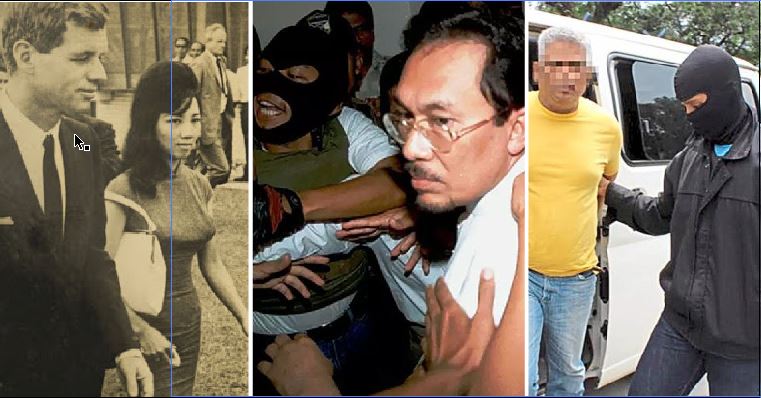Actually right… Why did the Japanese use bicycles to conquer Malaya?

- 894Shares
- Facebook787
- Twitter12
- LinkedIn17
- Email17
- WhatsApp56
PS: If you’d like more stories like this, please subscribe to our HARI INI DALAM SEJARAH Facebook group ?
Most Malaysians have seen this image in their history books.
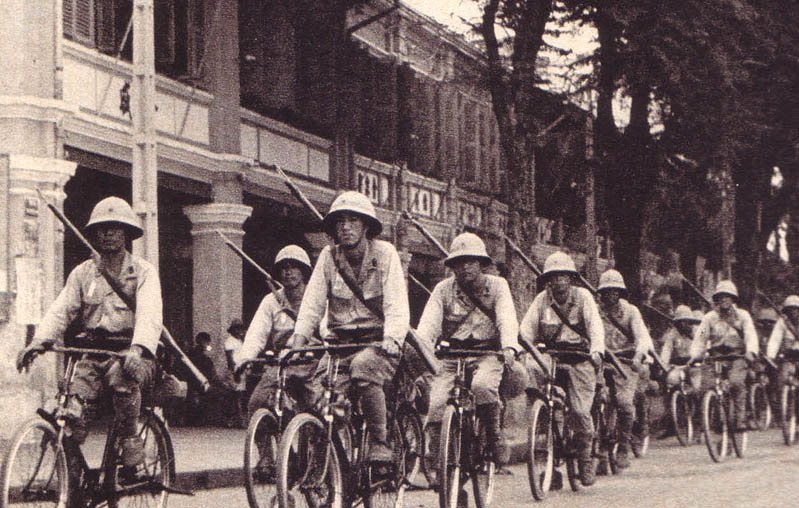
But actually right… there are a WHOLE bunch of questions that come with it.
- WHY didn’t they use cars?
- WHY didn’t they just boat straight to Singapore?
- HOW did they obtain so many bikes?
So to answer all this we decided to look at that initial Japanese push in 1941. And the first thing you should probably know is…
Pearl Harbour wasn’t the first attack of World War 2 la.
Due to the western influence in World War 2 movies, most of the world thinks that the bombing of Pearl Harbor was the first Japanese attack that happened at the start of the war. Actually, more than an hour before the first fighter plane flew over Hawaii, on 8 December 1941, Japanese had already landed in Signora (aka Songkhla) and Pattani in Thailand and also in Kota Bharu.
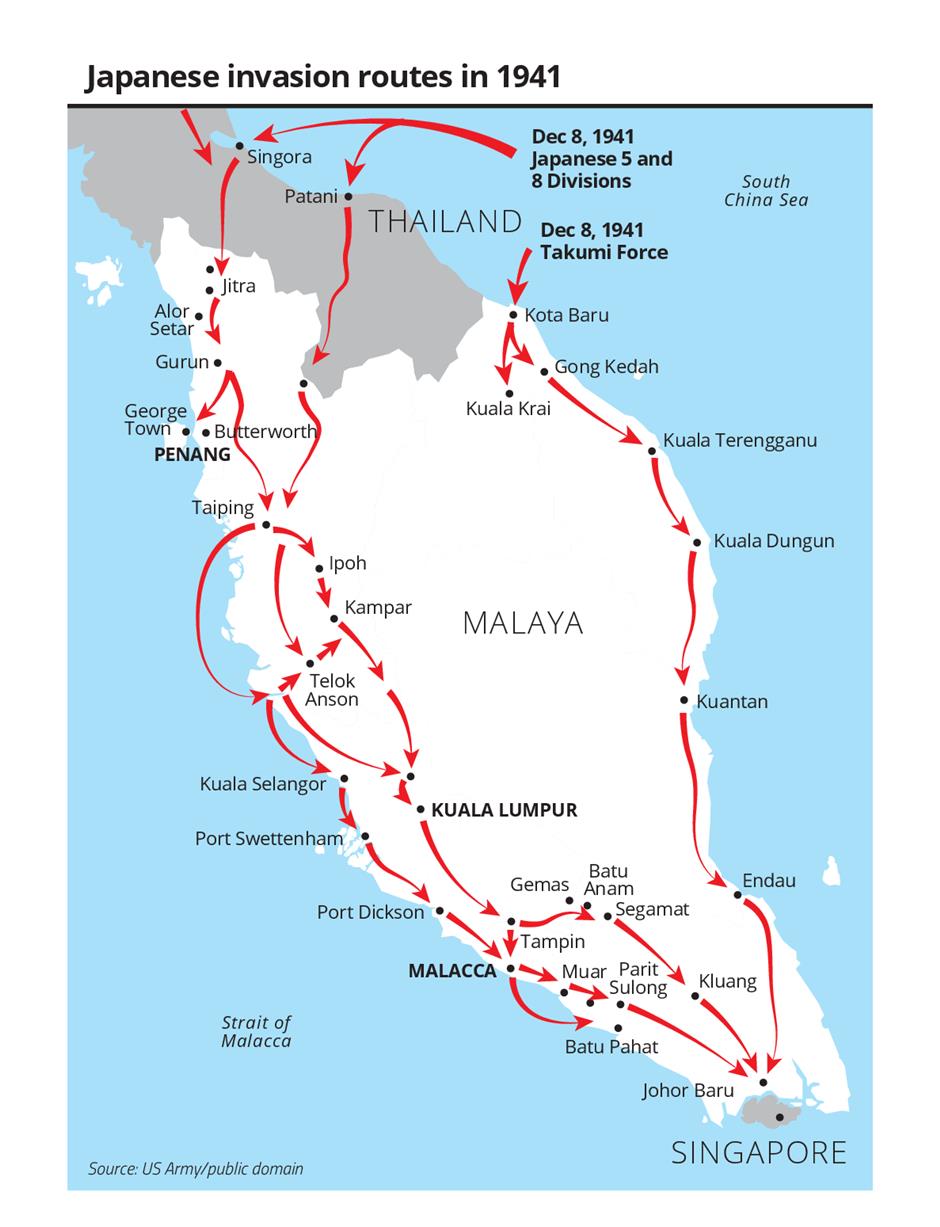
Occupying Singapore was one of the Japanese’s objectives during the war, because of its strategic position. However, the British knew how important Singapore was, so they had some of the best defenses in the region and some of their biggest cannons facing out to sea for a potential attack.

So that’s why… the Japanese came by land.
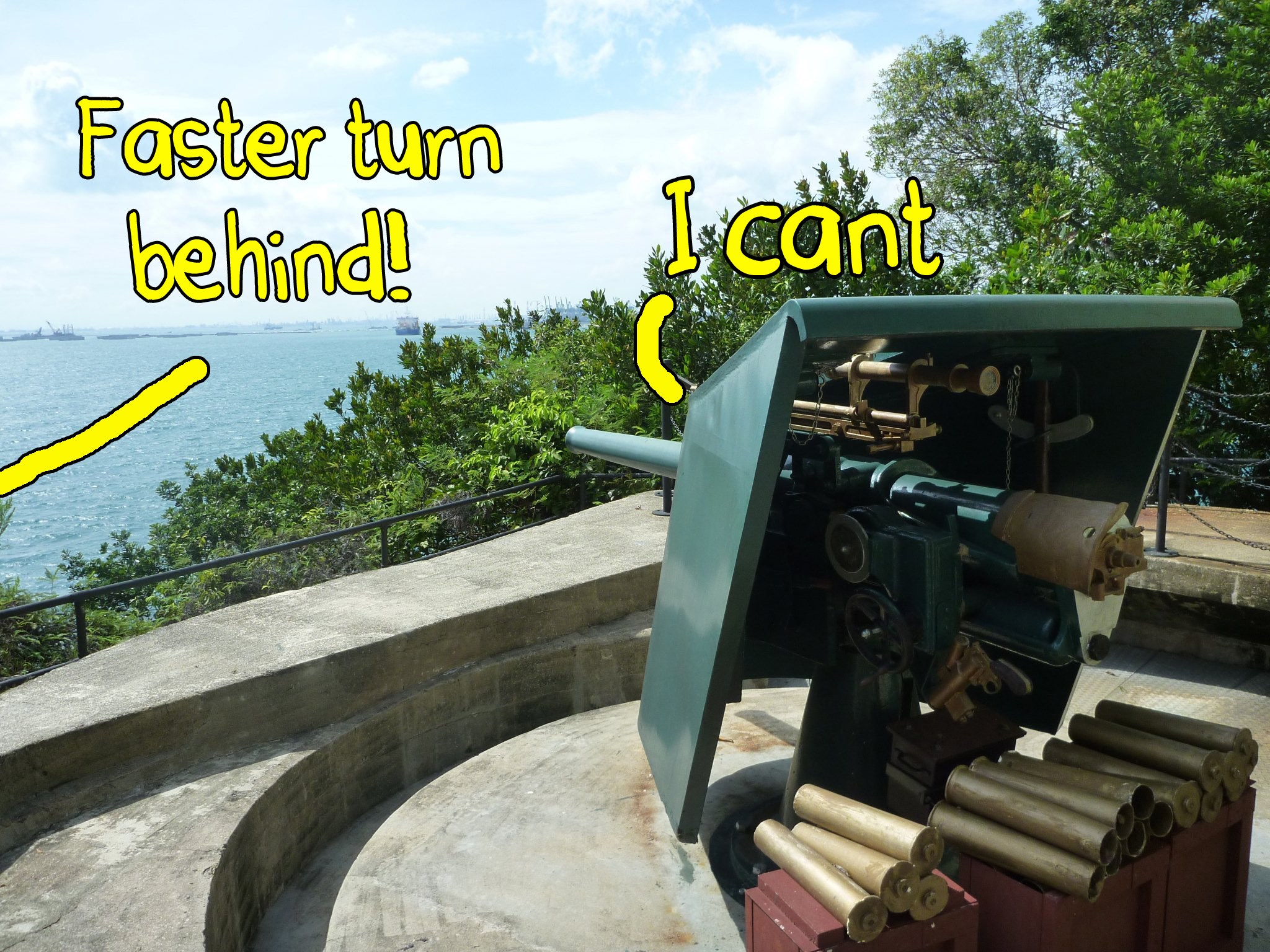
But they didn’t enter from Johor… they came in (mostly) from Thailand. Why la so mafan!?!
Cos Thailand left the door open and the key under the rug
Even before World War 2 started, the Japanese had secretly dispatched Japanese officers disguised as normal travellers to Thailand and Malaya to scout around the area and gather info. This was how they knew where to land when they came later. Major Nakasoni headed this secret mission and purposefully walked along the lonely beaches to see if it was suitable landing sites by measuring water depth and tide patterns.
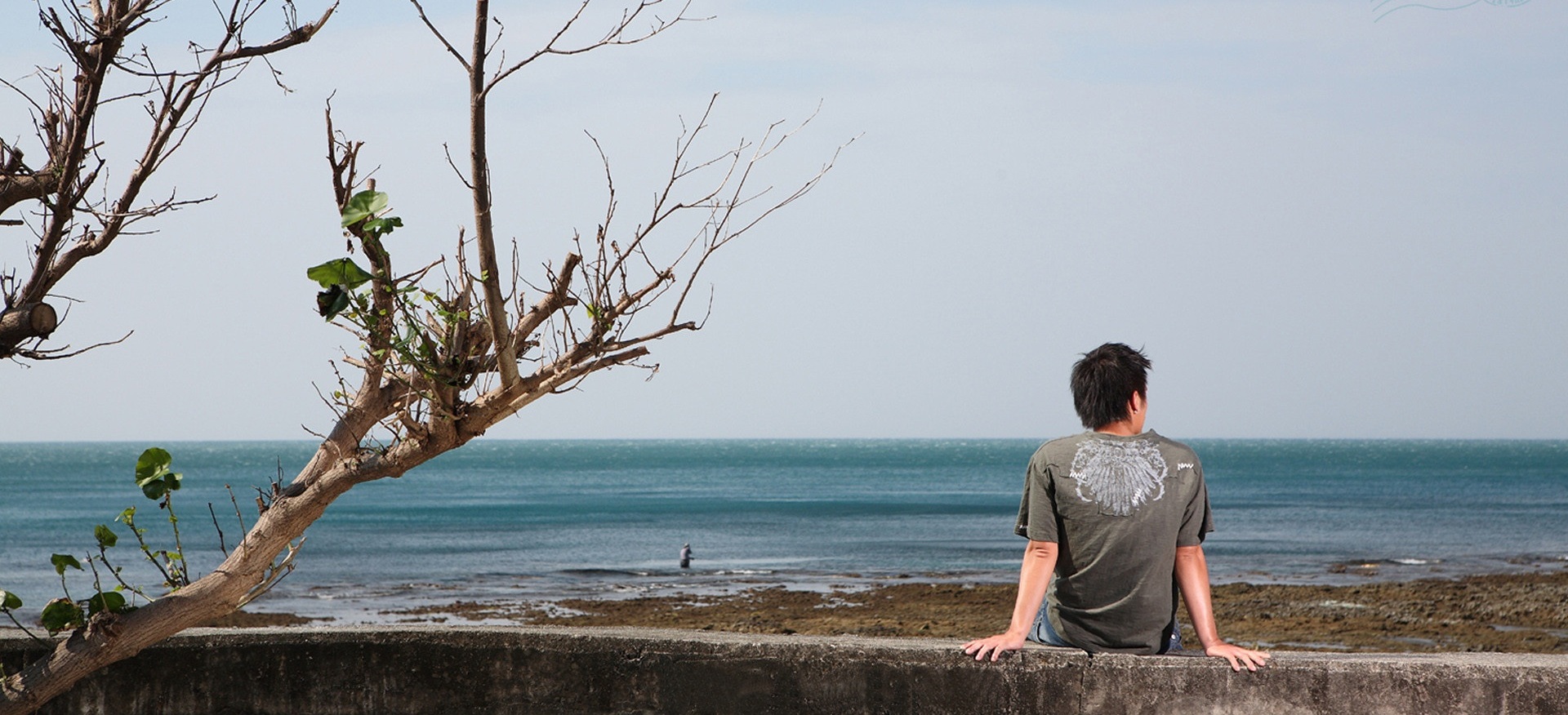
The Japanese planned on invading north of Malaya from 3 key points, so they needed to make use of the ports, airfields and railways in Thailand to get to the two other points, since Kota Bharu was easy for them to reach. So, they needed to get on the Thai military’s good side because if not, their invasion would be delayed and they would lose their element of surprise. At the time, Thailand was still involved in small battles with France because they were trying to take back the provinces that they lost during the Franco-Siamese war.

Since the Japanese really needed to make use of Thailand’s resources, they acted as negotiators between the Thais and French to bring about a settlement. Meanwhile, as the negotiations were ongoing, there were secret discussions going on behind closed doors between the Japanese and the Thai Prime Minister at the time, Phibun Songkhram, where the Japanese military asked him for free passage through Thailand, so that when the time came for them to invade, they wouldn’t have any obstacles delaying them. The Thai military still prepared themselves just in case a clash happened. The Thai Prime Minister knew the Japanese were well armed but he wasn’t certain that the Japanese would win against the British and Americans, that’s why he didn’t commit Thailand wholly to Japan.
With Thailand now (kinda) on their side, all they needed was a way to get around…
So they stole bikes that had originally been imported from Japan -_-“
Songkhram wanted Thailand to be on the winning side of the war, regardless of whose side they were on. Which was why on the 8th of December, just after 1:00 AM, when the Japanese came by ship and landed on Signora and Pattani, there were no attacks on them, unlike Kota Bharu (more on this later).

By mid morning, the Japanese had 60 military aircrafts on the ground at the Signora airfield. Since the Thais weren’t giving the Japanese much resistance, it allowed them to roll their way through Malaya in a bicycle infantry. The Japanese couldn’t bring bicycles because they would take ages to get off the sandy beaches, but they knew that Malaya had many bicycles to commandeer because they were imported… from JAPAN. Bicycles allowed the element of surprise and also used to confuse the soldiers defending Malaya. They also knew that it would be much quieter and faster to travel in them.
And because Malaya at the time had good hard surfaced roads, it was quite easy for the Japanese soldiers to ride on. Even the British soldiers couldn’t stop them because they were really fast. Most of the time they were overtaken by the Japanese soldiers on their bicycles, driven off the paved roads into the jungle, and forced to surrender.
“They were unstoppable. The soldiers continued riding their bicycles on rims when faced with tire punctures.” – Ernie Oei, New Straits Times, 10 December 2017
Since rubber was scarce during the war, once their tires wore out, they rode on their rims and continued their conquest.
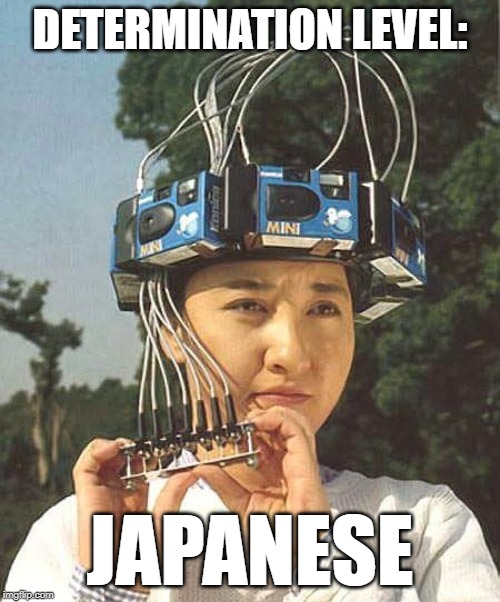
And took over the whole peninsular in less than 3 months (!)
While the Japanese troops in Thailand were making their way down to Malaya, another troop landed in Kota Bharu. The British and Indian soldiers there knew the Japanese were coming, so they prepared themselves for invasion.
“When the Japanese descended upon Kota Baru just after midnight on Dec 8, the British position on the beach was strong, with pillbox concrete bunkers located every 100m along the shore that were each manned by eight to 10 men. Between the pillboxes were machine gun posts. Further out, barbed wire fences 2m in height and multiple land mines lay buried in the sand.” – Zafrani Arifin, Star2, 8 December 2016

Actually, there were 4 major battles between Malaya’s defenders and the Japanese before the Japanese reached Singapore. From the two other key entry points from Kedah and Perak, Battle of Jitra and Kampar happened. The attacks at Jitra were bad and many lives were lost, even the Lieutenant-General of the British Army, Arthur Percival, ordered all Allied (the Japanese were Axis powers) aircraft stationed in Malaya to retreat to Singapore.
Then the Japanese intended to capture Kampar as a New Year’s present for Emperor Hirohito, so they won the Battle of Kampar after 4 days. However, this battle was significant because although the Japanese won, the British artillery was really effective and the Japanese suffered heavy casualties.
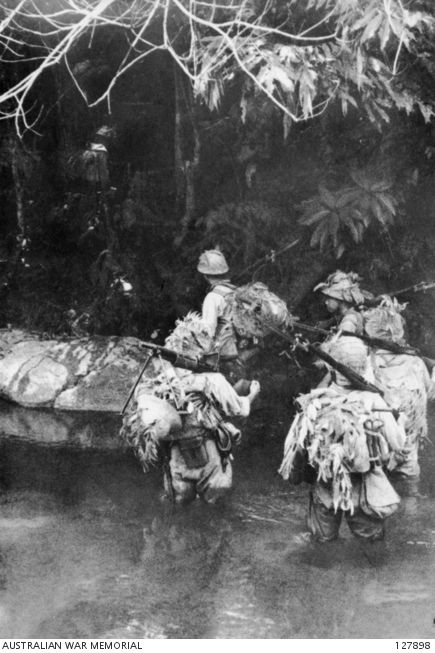
In the Battle of Slim River, there was an instance of a Japanese atrocity that happened in the jungle. The wounded in this area were divided by the Japanese into those who could still walk and those who couldn’t. Those who couldn’t walk were shot and bayoneted and the survivors were forced to dig graves for the dead and afterward carry wounded Japanese soldiers. Because of all these defeats, Malaya’s defenders kept retreating south, which was why Kuala Lumpur fell without a fight. In the Battle of Muar, there were far worse atrocities that happened. The wounded were tortured and massacred. Some of the soldiers that were shot and captured by the Japanese were doused in petrol and lit on fire to allegedly “remove war-crime evidence.”
After this, all that was left was Singapore – known as the “Gibraltar of the East”, with massive cannons and one of the most well-defended ports in the world at the time. World War 2 sieges were known to last quite long… anywhere from a few weeks to even 9 months!
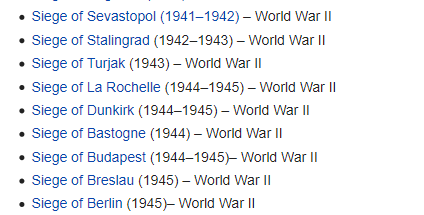
But the Japanese got Singapore to surrender in less than a week.
On 8 February 1942, 23,000 Japanese soldiers attacked Singapore. Some came from the Johor Straits in collapsible boats and others walked over the Causeway. They captured Bukit Timah first since it was the highest point in Singapore and had many British supplies. Then they got hold of the main water supply and murdered all the patients at the Alexandra Military Hospital. At this point, it was very hard for the Allied soldiers to win because many other soldiers died fighting in smaller battles with the Japanese.
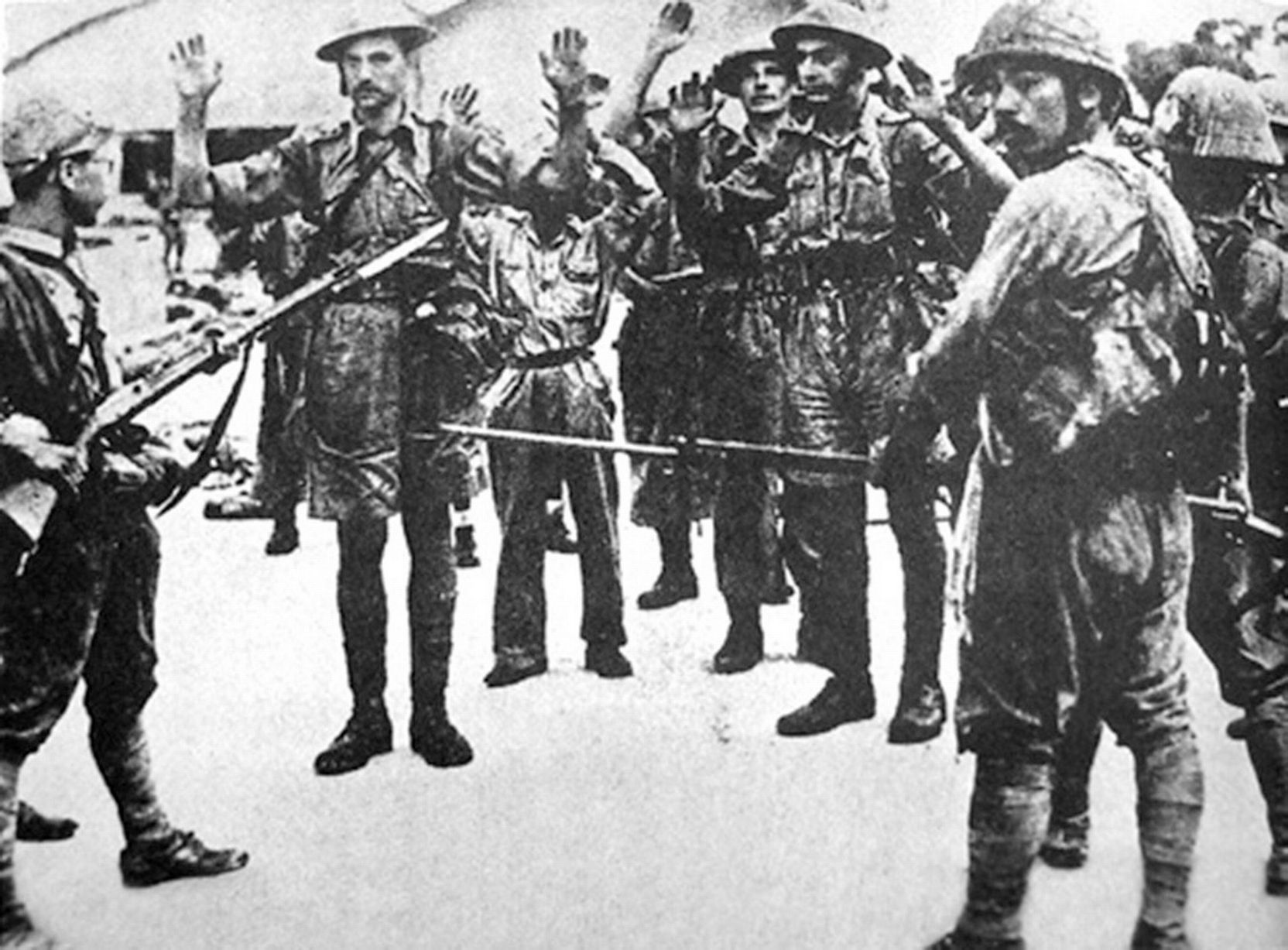
Remember that guy Arthur Percival that retreated from the Battle of Jitra? He was then told by his senior officers that a counterattack was not possible after the Alexandra Military Hospital massacre and that there was only enough water supply for the next 24 hours. So just a week later on 15 February 1942, Percival and his surrender party met with the Japanese Lieutenant General, Yamashita at the Japanese headquarters in Bukit Timah and officially surrendered Singapore to the Japanese forces.

The fall of Singapore was a humiliation for the British government. The Japanese had been portrayed as useless soldiers, only capable of fighting the Chinese but the Allied soldiers never knew that they could be defeated. After the surrender, the British Prime Minister at the time called the fall of Singapore to the Japanese…
“the worst disaster and largest capitulation in British history” – Winston Churchill, quoted from National Museum Australia
Determination level: Japanese indeed.
PS: If you’d like more stories like this, please subscribe to our HARI INI DALAM SEJARAH Facebook group ?
- 894Shares
- Facebook787
- Twitter12
- LinkedIn17
- Email17
- WhatsApp56


